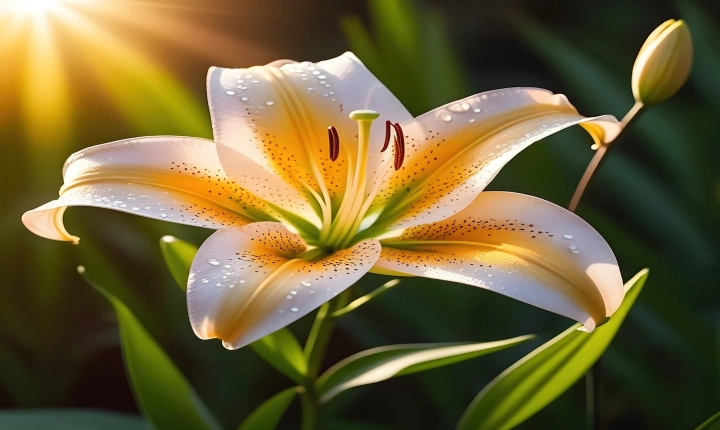Title: Harnessing the Power of AI to Create Stunning Images
Artificial Intelligence (AI) has revolutionized numerous industries, including healthcare, finance, and transportation. However, its impact on the world of visual arts and image creation is equally profound. AI has enabled artists, photographers, and designers to explore new creative possibilities, pushing the boundaries of what can be achieved with digital imagery. In this article, we’ll delve into how AI is transforming image creation and explore the innovative techniques that are making waves in the art and design world.
1. Generative Adversarial Networks (GANs)
One of the most exciting developments in AI-generated images is the use of Generative Adversarial Networks (GANs). GANs consist of two neural networks – a generator and a discriminator – that work in tandem to create and evaluate images. The generator generates images, while the discriminator evaluates them for authenticity. Through iterative training, the generator learns to create increasingly realistic images, leading to the generation of high-quality, lifelike visuals.
Artists and designers are using GANs to produce surreal and dreamlike images, transform photographs into artistic renderings, and generate entirely new visual concepts. By leveraging the power of GANs, creators can explore novel forms, textures, and compositions, opening up a realm of creative possibilities.
2. Style Transfer
Another fascinating application of AI in image creation is style transfer, a technique that involves applying the artistic style of one image to another. Using deep neural networks, AI algorithms analyze the stylistic features of a reference image and apply them to a target image, resulting in a fusion of artistic styles.
This approach allows artists to experiment with different visual styles, seamlessly blending elements of famous artworks, iconic paintings, or contemporary designs into their own creations. Style transfer not only facilitates artistic exploration but also empowers designers to develop unique visual languages and aesthetic expressions.
3. Image Restoration and Enhancement
AI-powered image restoration and enhancement have transformed the way we approach digital image editing. By harnessing machine learning algorithms, AI models can intelligently clean up noise, enhance details, and restore damaged or low-quality images. These advancements are particularly valuable for photographers, archivists, and restoration experts seeking to preserve, improve, and revitalize visual content.
AI-based tools can automatically remove imperfections, enhance colors, and sharpen details, streamlining the editing process and yielding professional-grade results. Moreover, AI-driven image restoration has implications for historical preservation, enabling the rescue and revitalization of deteriorating visual assets and cultural artifacts.
4. Personalized Image Generation
AI is increasingly being utilized to personalize image creation by tailoring visuals to individual preferences and requirements. By leveraging data-driven insights and user interactions, AI systems can generate custom imagery, tailored to specific themes, moods, or brand identities. This personalized image generation empowers businesses, marketers, and content creators to produce visuals that resonate with their target audiences, fostering deeper engagement and connection.
The Future of AI-Generated Images
As AI continues to advance, the future of AI-generated images holds exciting prospects. From interactive and responsive visuals to immersive and adaptive content experiences, AI is poised to redefine the landscape of image creation. As the technology matures, we can anticipate more sophisticated and nuanced approaches to generating, manipulating, and interacting with visual content.
In conclusion, the fusion of AI and image creation is propelling the field of visual arts and design into a new era of innovation and creativity. By harnessing the power of AI, artists, designers, and creators are pushing the boundaries of what is possible, delivering stunning and thought-provoking imagery that captivates and inspires.
As AI continues to evolve, we are witnessing a transformative shift in the way images are conceptualized, crafted, and experienced. With AI as a creative collaborator, the horizon of image creation is boundless, offering a canvas for endless exploration and expression.
